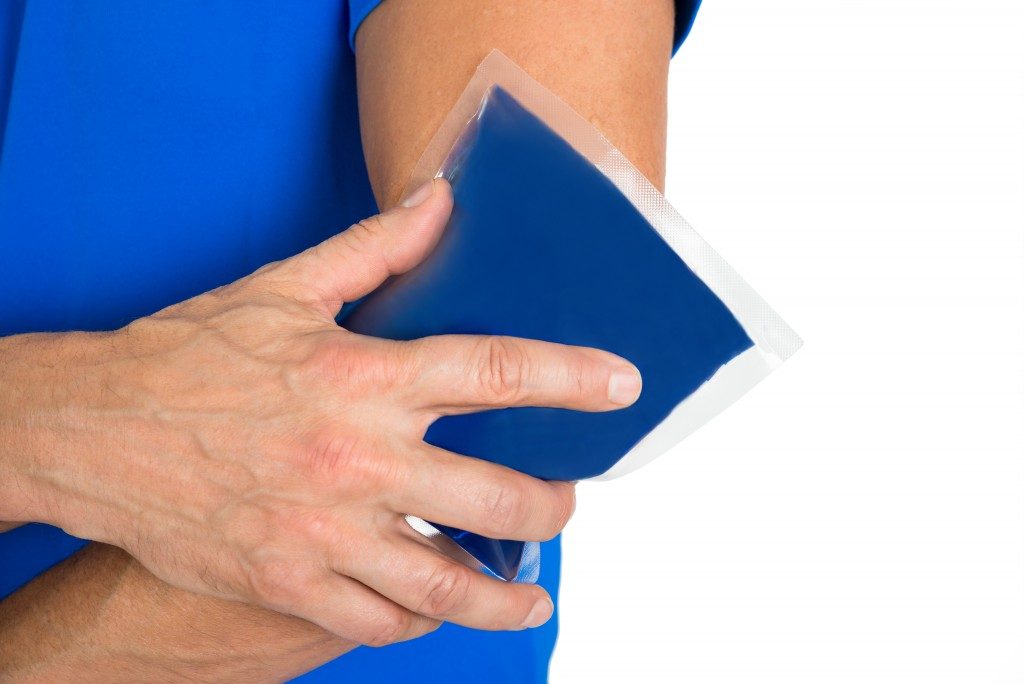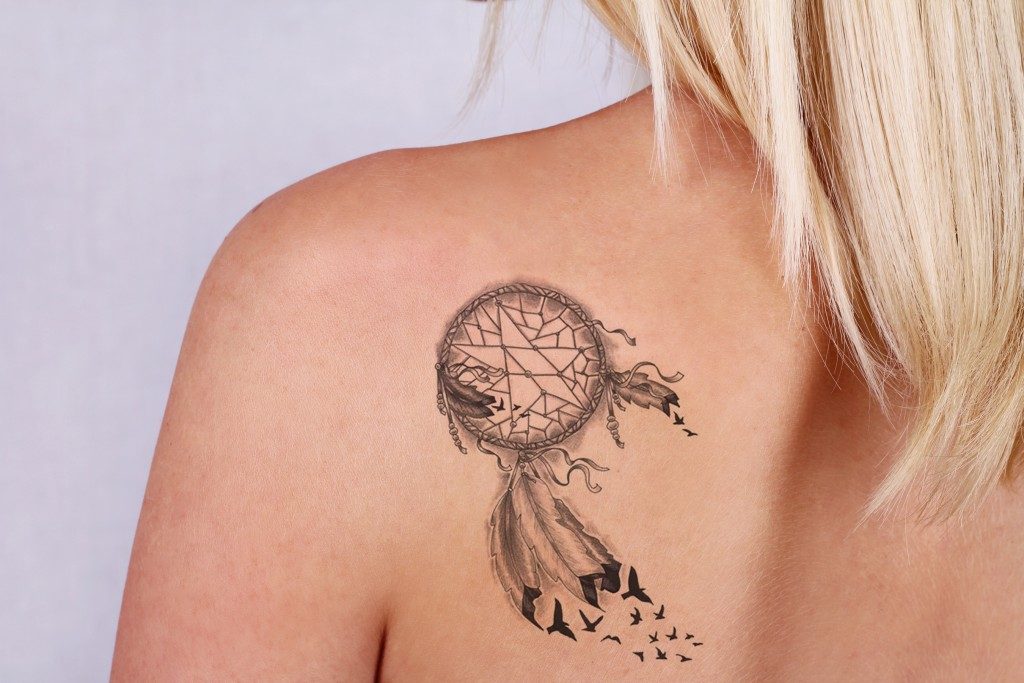A lot of people have reasons for getting a tattoo. However, there are times when you either want to have a new one or forget the memory that it holds. In Utah, tattoo removal can help you strip the ink off your skin as if there was nothing there in the first place. However, the entire treatment is not a walk in the park; it can create a superficial burn or wound.
Although the treatment involves whitening, some patients experience swelling or bruising. Moreover, there are even a few patients who undergo scabs within the first 72 hours of the treatments. If you want to protect your skin after the procedure, here are some things that you should do:
Keep It Clean
It’s best to keep the treated area clean and dry while it goes through the healing process. Experts say that you should gently clean the area with mild soap and water every day. Then, pat it dry to remove excess moisture. Rubbing it can irritate the treated skin, which creates even more problems in the future.
Apply Ointment
Experts recommend applying ointment three times a day within the next three days while the area is still healing. You also need to change the dressing daily to avoid any infection. Doing so will help the treated area to improve faster.
Bear in mind that blisters are quite common and will appear within eight hours after the procedure. However, don’t be alarmed as these can heal well. Moreover, blisters are a part of your body’s normal healing process. They also indicate that your immune system is gradually helping the area to recover. It’s also natural for blisters to pop as this also helps the skin heal faster. You can continue applying the antibiotic treatment once the blisters have popped.
Use a Cold Compress

Don’t Pick at the Scabs
Some blistering, scabbing, and itching can occur around the skin. With that in mind, it is best to avoid picking at the scabs or leaving the skin unprotected. You should also avoid shaving the treated area until it’s fully healed.
Avoid High-Pressure Water
You can immediately take a shower two hours after the procedure. However, avoid using high-pressure water, especially when cleaning your skin. You should also avoid hot tubs and swimming pools to prevent the risk of infection.
In the end, these are a few things that you should do after undergoing tattoo removal. It is always best to work with a medical spa that you can trust regarding any aesthetic procedure. You might want to check the Internet for any medical spa near your area or ask your friends for recommendations.
